

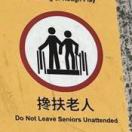









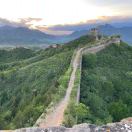













 企业认证
企业认证
 担保交易
担保交易
商品二维码

扫码购买及分享
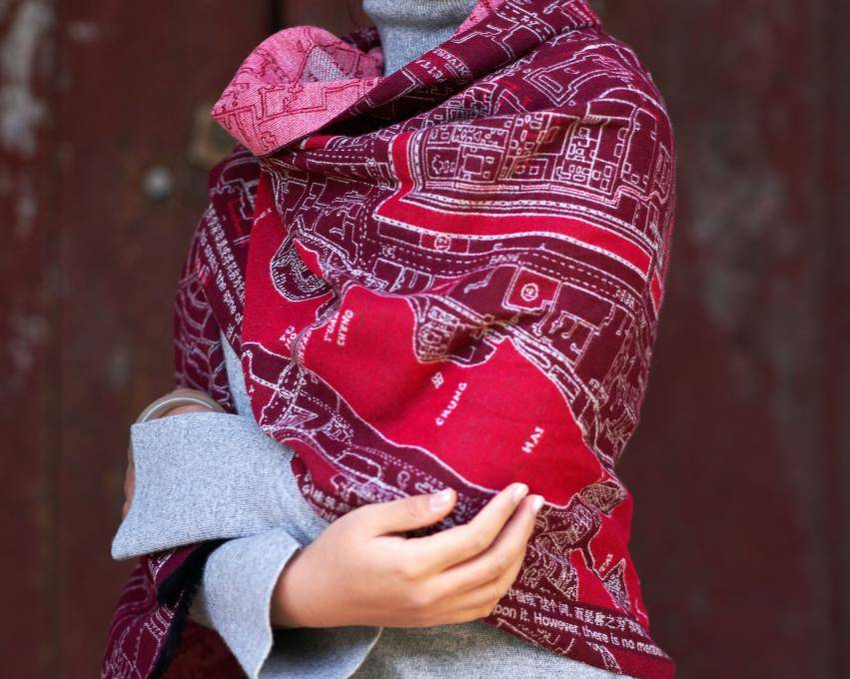



中轴线围巾 Central Axis Scarf
价格 : ¥ 299
邮费 : ¥8.00
Colour : Orange Red
数量 : -1+ 库存 : 不限量




中轴线围巾 Central Axis Scarf
¥ 299.00
邮费: ¥8.00
浏览 : 3426
商品详情
商品评价
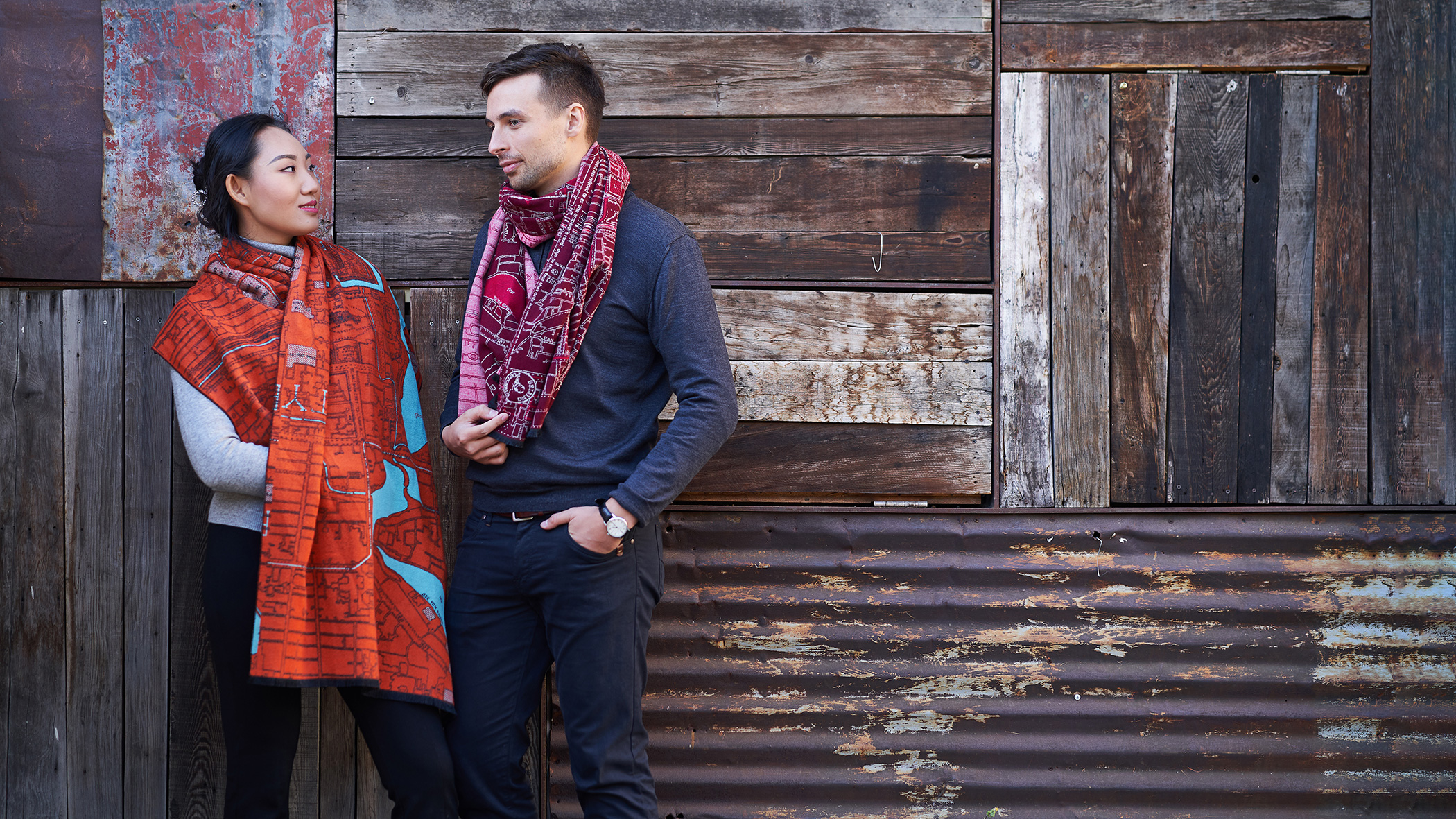
老北京的城市布局以一条长达7.8公里的中轴线为中心展开。梁思成将其称为这座城市的脊梁。所有最重要的建筑都或直接坐落于中轴线上,或在其两侧呈完美对称分布。
Beijing is built around a 7.8 km long central axis. The famous city planner Liang Sicheng called it the spine of the city. All of the most important pieces of architecture were placed either directly upon the axis or along it in a perfectly balanced symmetry.

我们以一幅1935年的北京地图为蓝本,将这条气势恢宏的轴线织入了围巾之中。
We have created a unique design of the Axis on the basis of a map of Beijing from 1935, and woven this commanding stretch onto a limited edition scarf available this winter.
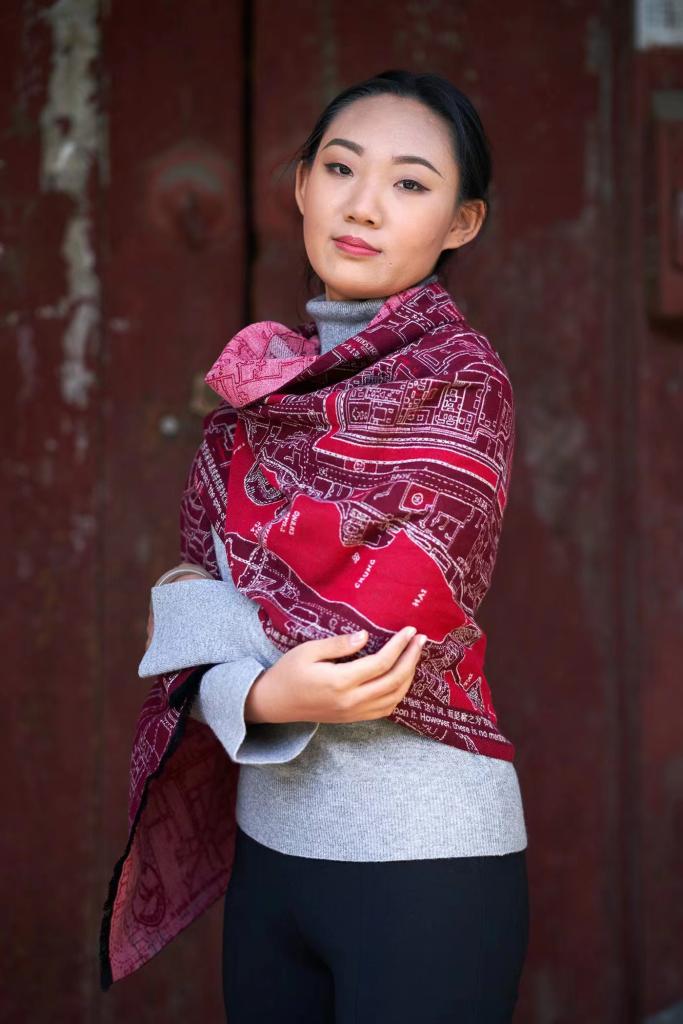
中轴线原是专为一人铺设的道路,沿途所有中门仅在皇帝出巡时打开。如今人们很容易忘记,在封建社会,除桥梁和城门外,钟鼓楼是中轴线上仅有的能被老百姓看见的建筑。
The Central Axis was a road prepared for one man exclusively, as the middle gates on the entire stretch were solely used when the emperor moved through the city.
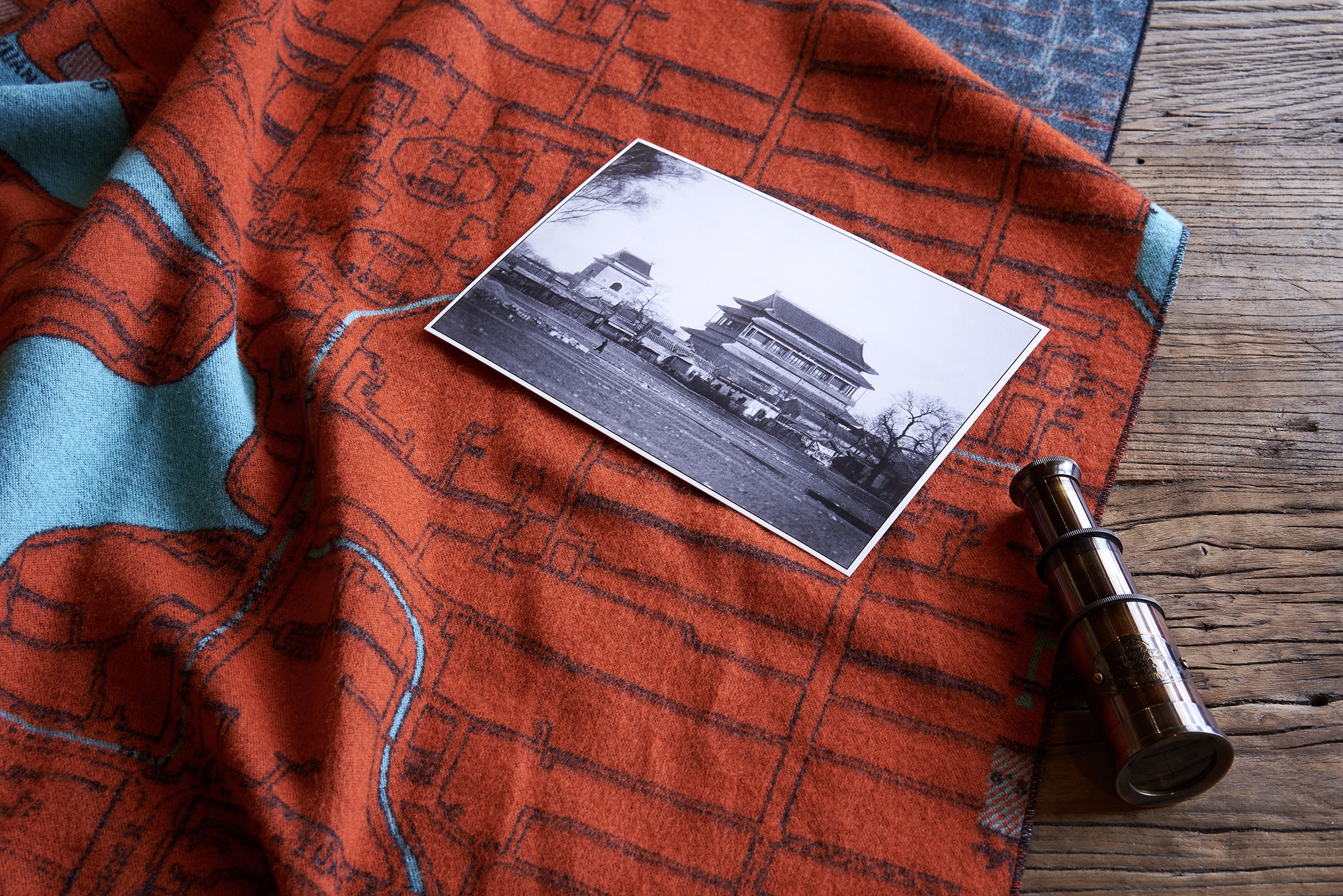
故宫以北钟鼓楼里的鼓声与钟声决定了整座城市的节奏。每当夜幕降临,正是那口大钟与二十五面更鼓发出的声响,决定着城门何时关闭以迎接黑夜。
Today it is easy to forget, but during the dynasties the Drum and Bell Tower were the only pieces of architecture on the Axis that commoners could see, apart from bridges and city gates.
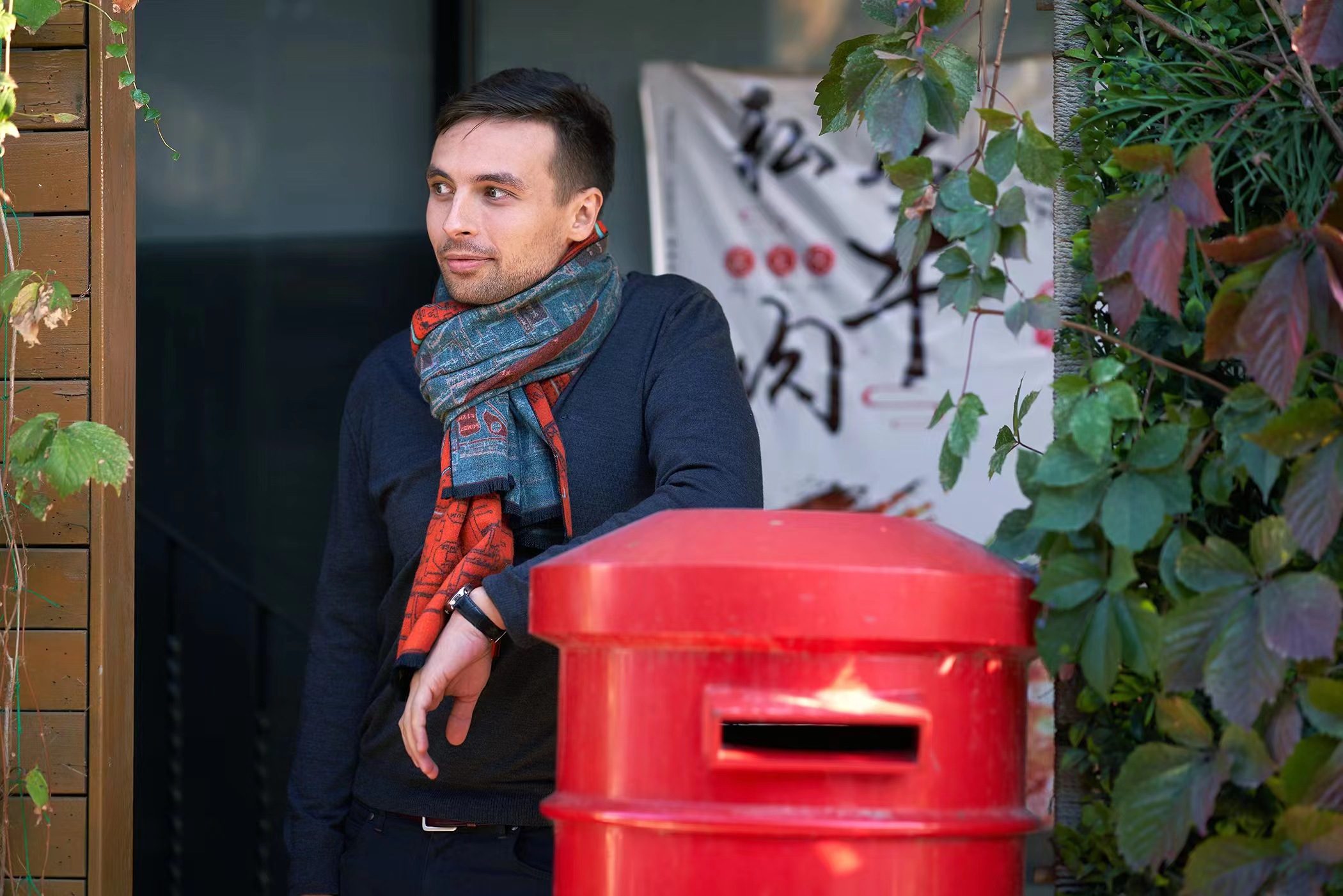
为彰显其重要地位,钟鼓楼的高度均超过紫禁城的太和殿,是老北京最高的建筑。
在封建社会,北京所有建筑都围绕着中轴线进行规划,任何建筑都不得高于或奢华于中轴线上的建筑。然而,1912年末代皇帝退位后,昔日的皇宫禁地向公众开放,中轴线上的皇家建筑由此改变了其功能与地位。
It was the sound of the drum and bells that dictated the rhythm of the entire city. Meaning that when the sky darkened it was the sound coming from the enormous bronze bell and the leather of the 25 drums that dictated when the city gates shot for the night.

最先摆脱帝国印记的是前门。当毗邻的前门火车站启用后,前门成为人们抵达北京时首先目睹的景象,这座城门因而获得了近乎埃菲尔铁塔般的象征地位,成为中国首都的标志。后来,这个象征地位被中轴线上的另一座建筑——天安门所取代。
这条原本只为天子铺就的道路,目睹了中国从王朝走向共和的历程。
Emphasizing their importance, both the Drum and Bell Towers were actually higher than the throne hall of the Forbidden City, making them the tallest structures standing in old Beijing.
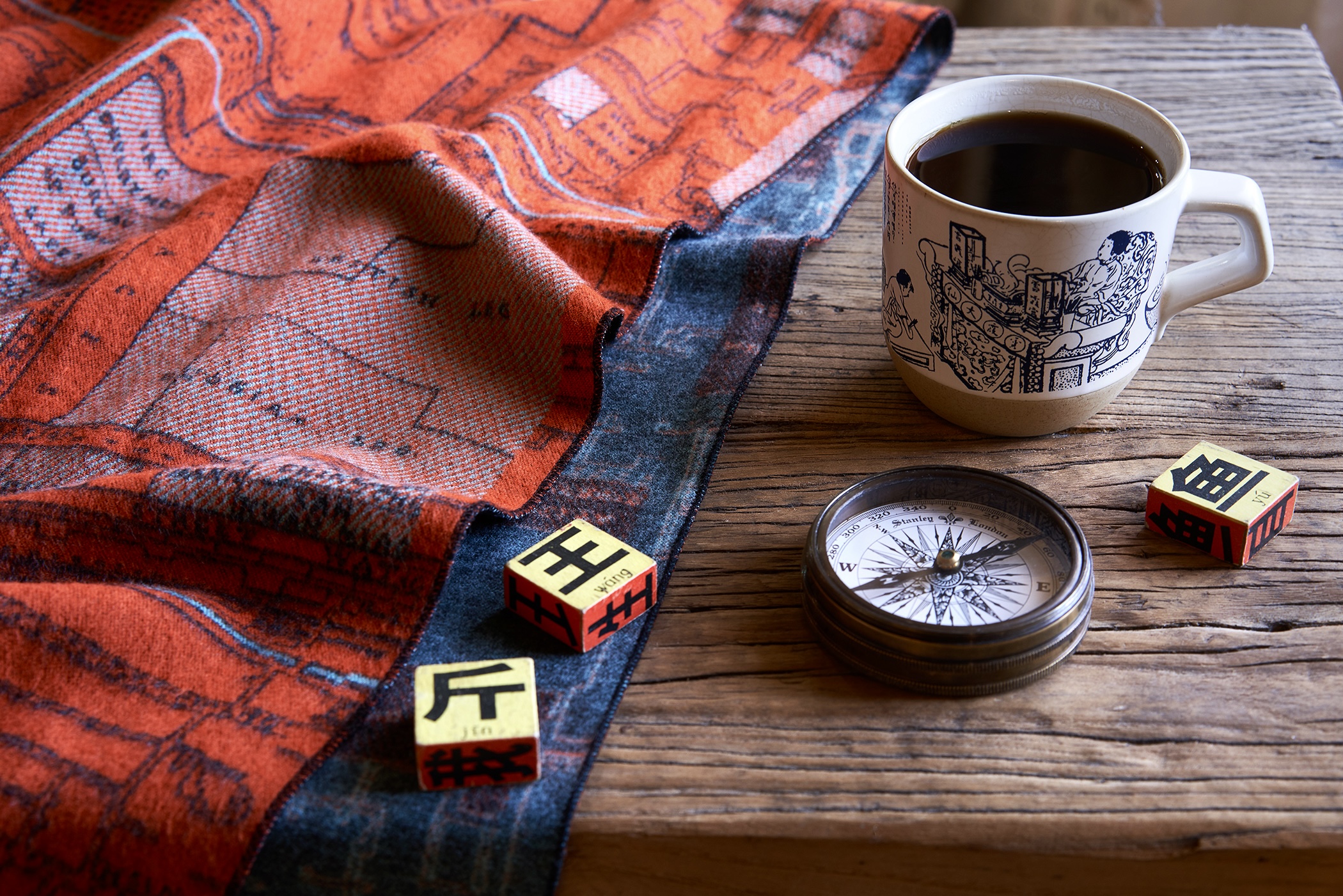
During the dynasties everything was built in relation to the architectural backbone of the Central Axis, nothing could be higher or more extravagant than what was situated here, but when the last emperor abdicated in 1912, former imperial enclosures became public, changing the use and status of the imperial architecture of the Axis.
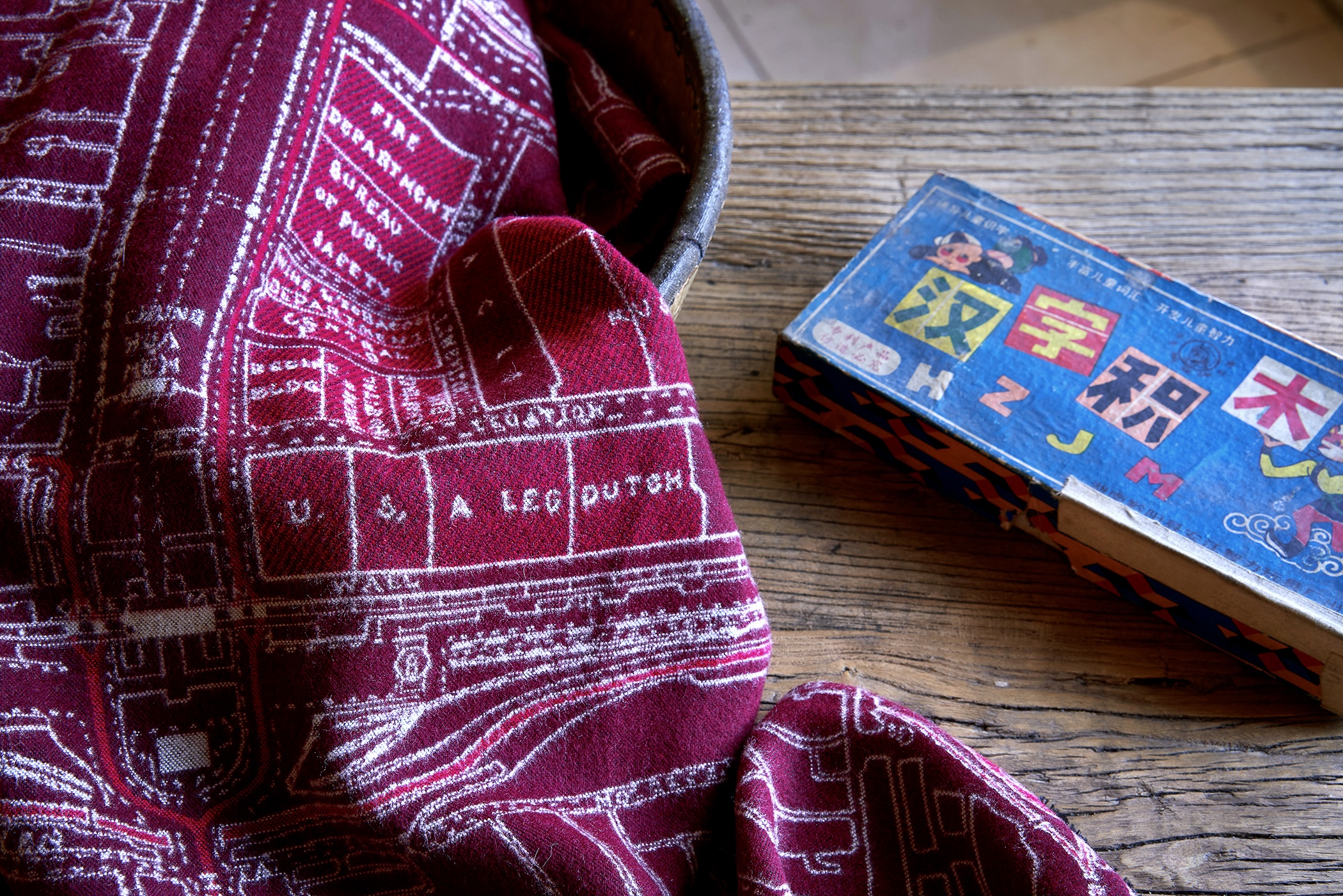
First to detach itself from its imperial legacy was the Qianmen Gate, when the Qianmen train station opened next to it, Qianmen became the first thing you saw when you arrived in Beijing, giving the gate an almost Eiffel tower like status in representing the capital of China. Later this status was taken over by another piece of architecture on the Axis: the Tiananmen Gate.

In this way the road that originally prepared only for the son of heaven, played an important role in China's journey from dynasty to republic.

 加入购物车
加入购物车
 友付提供技术支持
友付提供技术支持
www.yoopay.cn
400.0697.118